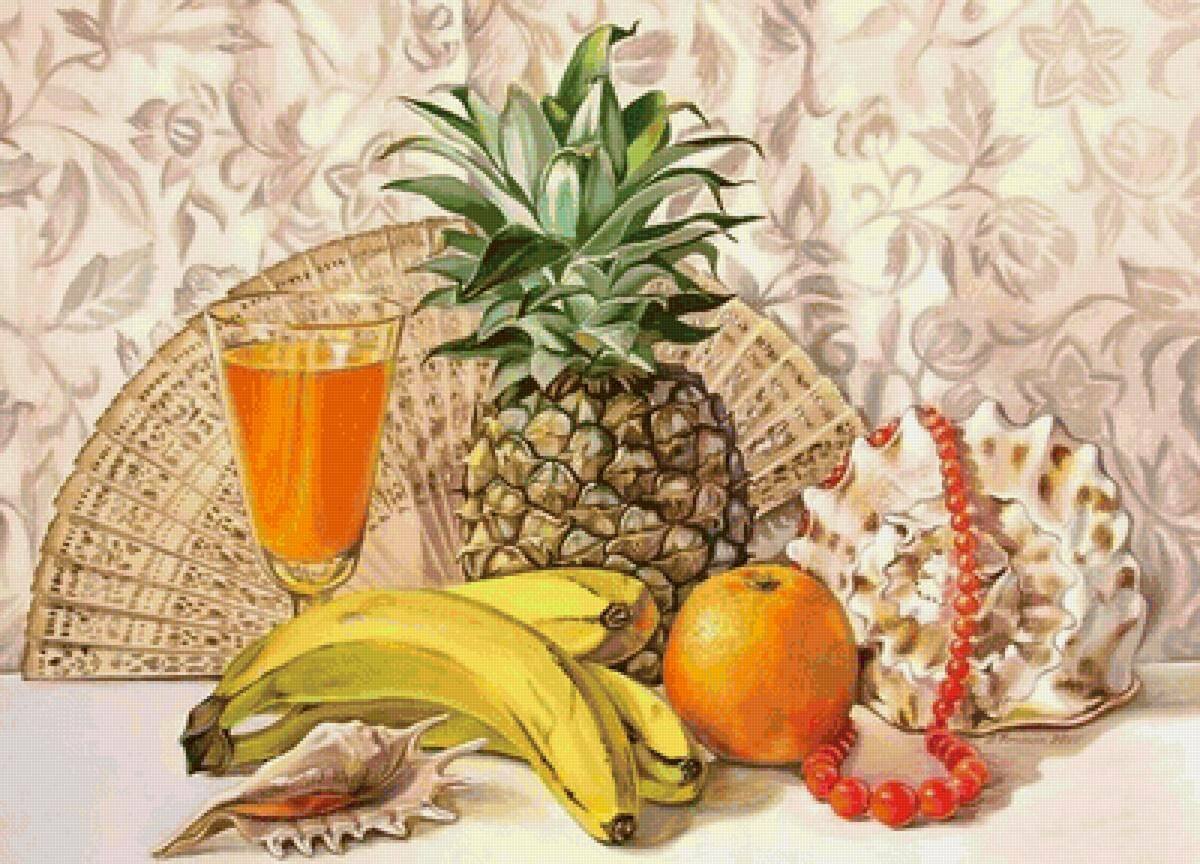
1. "Let's argue about the taste of pineapples with those, who ate them ”- this famous aphorism of Mikhail Zhvanetsky, describing the Soviet deficit, rapidly outdated in the 1990s. However, not only in our time, but even before the Soviet era, these words were not very relevant. blogger Konstantin Belik writes in the comments, what exotic fruits, like pineapples and bananas, were available to Russians before the revolution, and disappeared from sale for a long time only after the onset of communism:https://zen.yandex.ru/media/makarenko/chinovnichestvo-i-dvorianstvo-v-ri-rossiiskie-voennoplennye-v-1905-godu-i-uroki-fevralskoi-revoliucii-617d52b0ca40d92f7d143865#comment_971587381
... such a fruit as pineapple at a general level became known in the USSR in kind, on sale (exclusively in Moscow, maybe even in St. Petersburg, understandably) only in the 1980s, after the Olympics (before that, only in special distributors for the highest nomenklatura aristocracy); and before the revolution, their merchants even brought them to village fairs (read once about the memories of the peasants of that time), while in the provincial capitals, not to mention Moscow and even more so Peter, it was quite an ordinary thing., I even tried bananas for the first time somewhere in 1982-83 years, when I first visited Moscow, and it was a rare miracle, maybe once every couple of years I had to eat, I tried pineapple for the first time 1988-89, and then canned, Chinese, and fresh only after the collapse of the USSR. And before the revolution, bananas were, like now, more affordable fruit, than pineapples. So yes, pineapples in champagne are absolutely not a Soviet dish, I would even say - anti-Soviet, from pre-revolutionary books, and before and after Soviet power is a common thing.
2. On the question of the availability of apartments in the USSR. AT 1990 year, under Gorbachev, apartments were so cheap, that it was possible to exchange a kopeck piece in Vladivostok for an ordinary used Japanese woman with a right-hand drive:https://lenta.ru/news/2021/11/01/stoimost1/For comparison, now, in order to exchange for a two-room apartment in Vladivostok, you will have to find ten used right-hand drive Toyotas, and the buyer will require, so that the cars are in excellent condition.3. Readers sent interesting statistics on the standard of living in the USSR. Unfortunately, no link to source, but I don’t want to blindly believe quotes from the Internet. Help finding documents?
- at 1965 year, the Central Scientific Research Institute of the State Planning Committee of the RSFSR reported to the Politburo, that after determining the subsistence minimum per family member in 40 rub, and the level of prosperity in 65 rub/month:39,22% are beggars,34,3% - the poor. - in 1988 year, the USSR State Statistics Committee for the first time officially calculated the cost of living, setting it to 78 rubles per person - and it turned out that 14,5% population of the USSR are poor. In 1989. The USSR State Statistics Committee raised the living wage to 90 rubles - and the beggars in the USSR became already 25%. After the "Pavlovian price reform" 1991 years, incomes below the subsistence level had already 90% population of the USSR.
Oleg Makarenko











